A Journey of Elegance from Anthony van Dyck to Kehinde Wiley at Robilant+Voena
Anthony van Dyck (b. 1599, Antwerp-d. 1641, London), John Belasyse, First Baron Belasyse of Worlaby, 1636. Oil on canvas, 99.1 x 78.7 cm. 2023 © Robilant+Voena
LONDON.- To mark the re-opening of London’s National Portrait Gallery in June 2023, which has been closed for a major three-year redevelopment, Robilant+Voena is staging a significant exhibition of portraits and accompanying catalogue, tracing the evolution of style in menswear, with a particular focus on the changing fashions of the jacket. From a majestic seventeenth-century portrait by Sir Anthony van Dyck, the exhibition explores the development of the sartorial elegance of male sitters across the centuries, culminating in a breath-taking work by Kehinde Wiley, which brings the journey into the present day, 22 June – 28 July.
In addition to these works by van Dyck and Wiley, the exhibition features portraits by some of the most eminent painters across the ages, including Pompeo Batoni, Giuseppe Molteni and Francis Bacon. Bringing the story into the 20th- and 21st-century, the journey is continued through photographs of iconic figures from the burgeoning sphere of popular culture, including Miles Davis, Cary Grant and Christopher Walken.
The journey of elegance begins with the majestic portrait by Sir Anthony van Dyck of John Belayse, First Baron Belayse of Worlaby, portraying the courtly doublet and breeches of 16th- and 17th- century Europe, accompanied by marshal trappings, that evoked the contemporary visual aesthetics of the aristocratic warrior.
Moving into the mid-17th and 18th centuries, the loose-fitting doublet and breeches were replaced by the three-piece suit consisting of jacket, waistcoat and breeches, as portrayed by Francesco Solimena. These masterful portraits convey the fine quality and lavish decoration of the new style, with rich fabrics, ornate lace and embroidery proclaiming the wealth of the sitter. The three-piece suit was also embraced by the upper echelons of English society, whose fashions were preserved for posterity in a portrait of the English gentleman Edward Solly by Pompeo Batoni, the pre- eminent Italian artist favoured by dashing English travellers on their Grand Tour in the 18th century.
Francesco Solimena (b. 1657, Serino, Italy-d. 1747, Naples, Italy), Portrait of a Gentleman, 1730s. Oil on canvas, 134 x 114 cm. 2023 © Robilant+Voena
Pompeo Batoni (b. 1708, Lucca-d. 1787, Rome), Portrait of Edward Solly, 1753–54. Oil on canvas, 98.7 x 73.7 cm. 2023 © Robilant+Voena.
Nicolas-Henry Jacob (b. 1782, Paris-d. 1871, Paris), Portrait of Prince Camillo Borghese (1775–1832), 1817. Charcoal on paper, 88 x 65 cm. © Robilant+Voena.
The three-piece suit underwent significant change in the late 18th-century, largely due to the French Revolution which also saw traditions of fashion overthrown in the new order. A more practical sporting style of dress that originated with the riding culture of English gentlemen became popular in France, captured in understated refinement in the portraits of Robert Jacques Francois Lefèvre.
Robert Jacques Francois Lefèvre (b. 1755, Bayeux, Normandy-d. 1830, Paris), Michael Elias Meyer, 1804. Oil on canvas, 116 x 89 cm. © Robilant+Voena.
As the 19th century progressed into the Romantic era, the slim-fitting, severely tailored riding jacket and trousers gave way to a looser-fitting style. This relaxed elegance is exemplified in society portraits by Giuseppe Molteni, with his Portrait of Marchese Antonio Visconti Aimi demonstrating the sartorial innovations of the era. This freer style developed across the century, and Jacques-Emile Blanche’s Portrait of Georges de Porto-Riche highlights an increasingly casual form of two-piece suit.
Giuseppe Molteni (b. 1800, Milan-d. 1867, Milan), Marchese Antonio Visconti Aimi (1798–1854), c. 1830–35. Oil on canvas, 134 x 114 cm. © Robilant+Voena.
Jacques-Emile Blanche (b. 1861, Paris-d. 1942, Offranville-en-Caux, Normandy), Georges de Porto-Riche (1849–1930), 1889. Oil on canvas, 100 x 65 cm. © Robilant+Voena.
The years following the Second World War ushered in an era of restraint in menswear, and the anxieties and shortages of the postwar decade is captured in Francis Bacon’s Man in Blue VII. Bacon’s subdued portrait evoking the mood and style widespread in the West in the 1950s contrasts sharply with the iconic image of Mao Zedong by Andy Warhol, sporting the communist jacket – a direct challenge to the Western suit jacket and tie, recognisably modern yet visibly distinct from its capitalist counterpart.
Francis Bacon (b. 1909, Dublin-d. 1992, Madrid), Man in Blue VII, 1954. Oil on canvas, 152.7 x 116.5 cm. © Robilant+Voena.
Ugo Molas (b. 1928, Pozzolengo, Italy-d. 1973, Milan, Italy), Lucio Fontana XXXII Esposizione Internazionale Biennale d’Arte, Venezia, 1964; 1964, printed 2023. Silver salt print on selenium-stabilised baryta paper, Photograph: 45 x 30.5 cm, 1/8. © Robilant+Voena.
The rise of the style icon was synonymous with the increasing presence of photography, as images of public figures – especially in the growing entertainment sector – became prevalent and reached ever-expanding audiences. Films became platforms for dissemination of iconic styles; emerging from the austerity of the postwar era, actors like Cary Grant revitalised style on screen; in 1968, The Thomas Crown Affair showcased the laid-back American charm of the urban businessman in Steve McQueen’s grey plaid three-piece suit; and a decade later came Armani’s revolutionary reshaping of the male suit – softening the shoulders and freeing the cut from the stiffness of previous fashions – becoming a sensation through Richard Gere’s character in American Gigolo (1980).
In the second half of the 20th century, growing communications networks and increasingly multicultural societies also encouraged international cross-pollination of styles, with Western fashions percolating across the globe, especially in former colonies. There was also an inverse process, by which communities and individuals with non-Western heritage brought their own unique perspective and cultural grounding into the Anglo-American sphere of style. The Bahamian and American actor Sidney Poitier illustrated how the suit could transcend cultural boundaries and prejudices in the seminal film Guess Who’s Coming to Dinner (1967). Miles Davis, arguably the most influential jazz musician of the 20th century, was hailed for his effortless ability to co-opt and carry off the latest fashions of the day, from All-American Ivy League Look, to slim-cut European suits.
Continuing this journey of style into the 21st century, Julian Schnabel’s dramatic polaroid photograph of Christopher Walken, taken in 2006, demonstrates the enduring allure of the jacket. Increasingly co-opted into informal attire, the photograph shows Walken dressed in a soft- shouldered, blue plaid jacket, paired with an understated black t-shirt.
Julian Schnabel (b. 1951, New York, NY), Untitled (Christopher Walken), 2006. Polaroid 20 x 24, 90 x 54 cm. © Robilant+Voena.
The contemporary culmination of the exhibition is the majestic Triple Portrait of Charles II by Kehinde Wiley, made in 2008, which looks back to the iconic painting of Charles I in three positions by van Dyck, now in the Royal Collection. Shimmering and regal in a silver puffer jacket, Wiley’s Black sitter simultaneously takes ownership of a fully authentic visual aesthetic and manner of dressing, while also alluding to the traditions of style and portraiture that preceded him in the canonical history of art and fashion.
Kehinde Wiley (. 1977, Los Angeles, CA, USA), Triple Portrait of Charles II, 2008. Oil on canvas, 213.4 x 243.8 cm. © Robilant+Voena.

/https%3A%2F%2Fprofilepics.canalblog.com%2Fprofilepics%2F1%2F0%2F100183.jpg)
/https%3A%2F%2Fstorage.canalblog.com%2F03%2F02%2F119589%2F96711876_o.jpg)
/https%3A%2F%2Fstorage.canalblog.com%2F11%2F31%2F119589%2F94773502_o.jpg)
/https%3A%2F%2Fstorage.canalblog.com%2F20%2F83%2F119589%2F94772815_o.jpg)
/https%3A%2F%2Fstorage.canalblog.com%2F26%2F72%2F119589%2F75604929_o.jpg)
/https%3A%2F%2Fstorage.canalblog.com%2F59%2F60%2F119589%2F26458628_o.jpg)
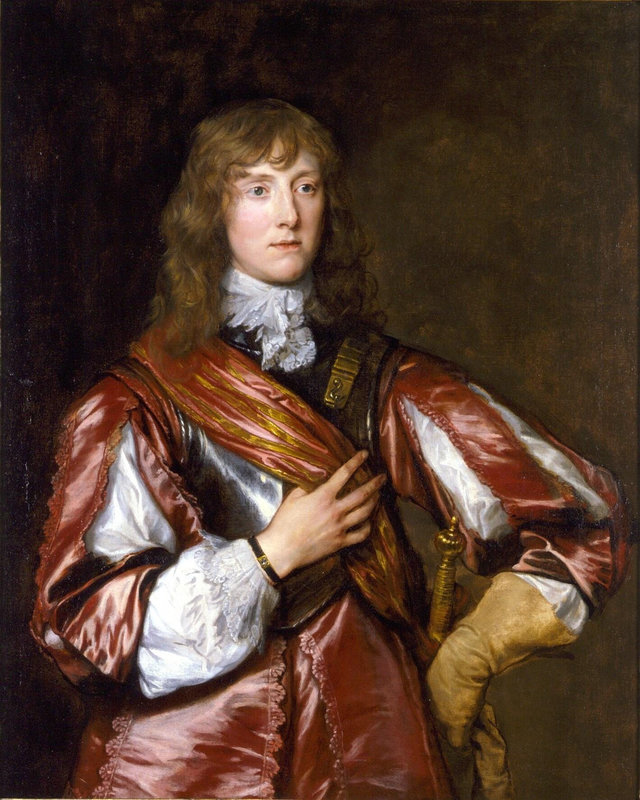

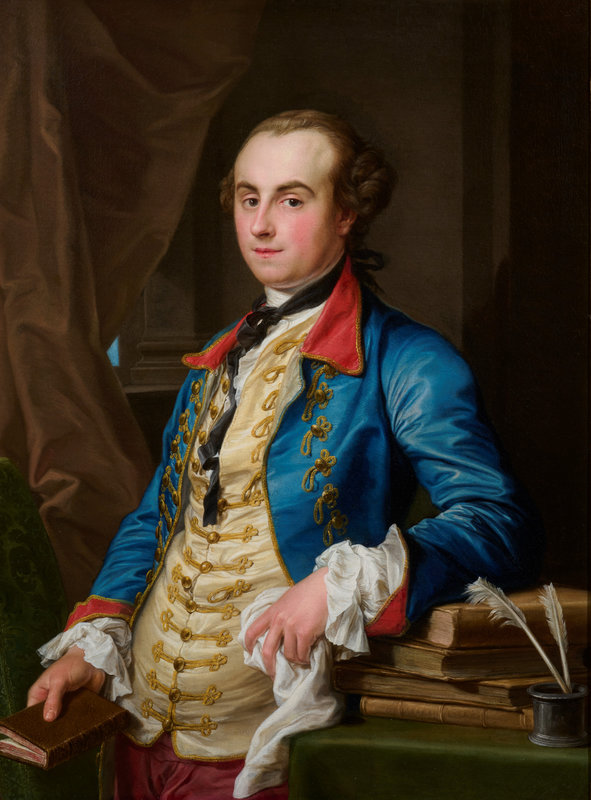

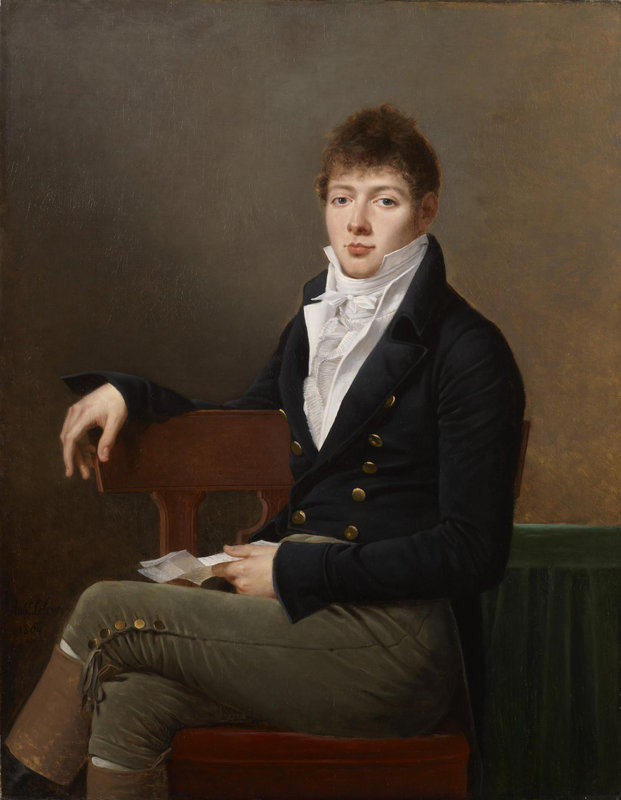
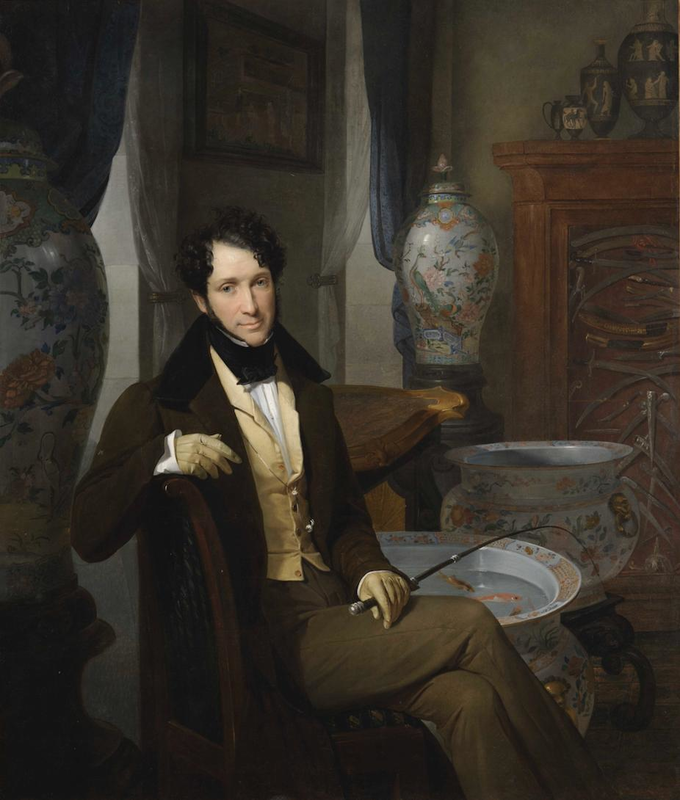

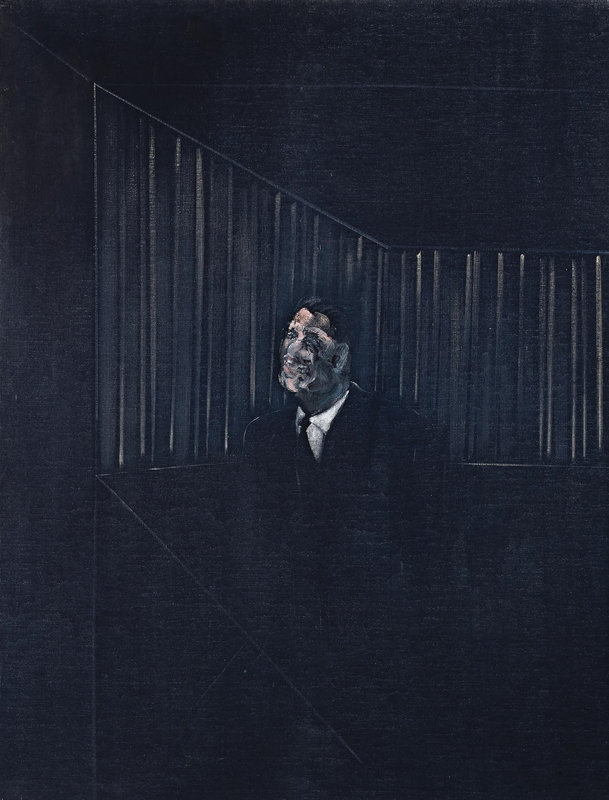
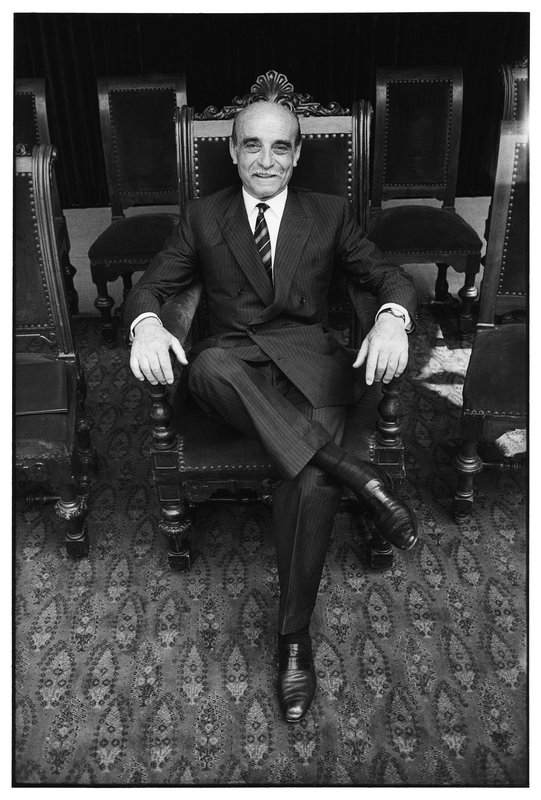
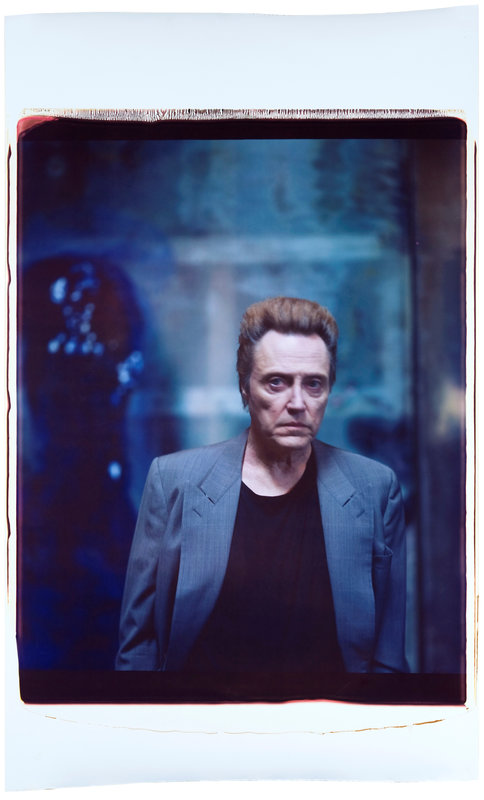



/image%2F1371349%2F20240227%2Fob_0fb80f_vcsprasset-3568579-188440-33388f9b-068.jpg)
/http%3A%2F%2Fstorage.canalblog.com%2F95%2F36%2F119589%2F127146553_o.jpg)
/http%3A%2F%2Fstorage.canalblog.com%2F69%2F23%2F119589%2F126179674_o.jpg)
/http%3A%2F%2Fstorage.canalblog.com%2F12%2F77%2F119589%2F126054306_o.jpg)